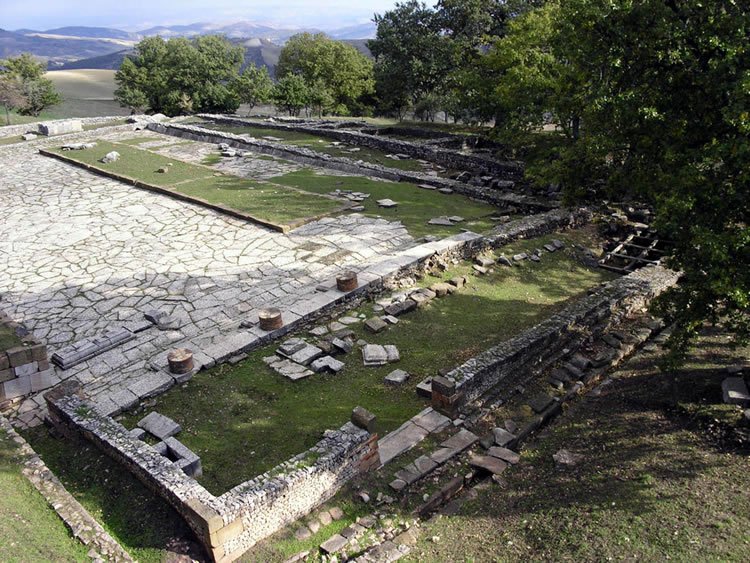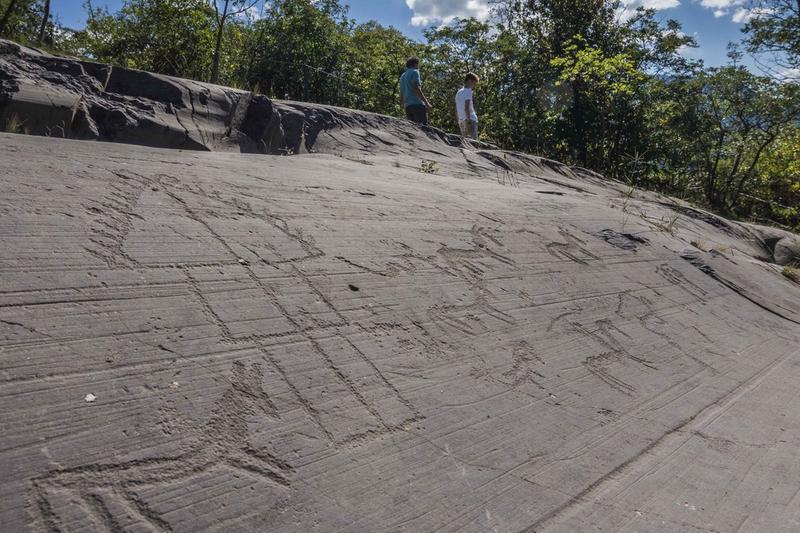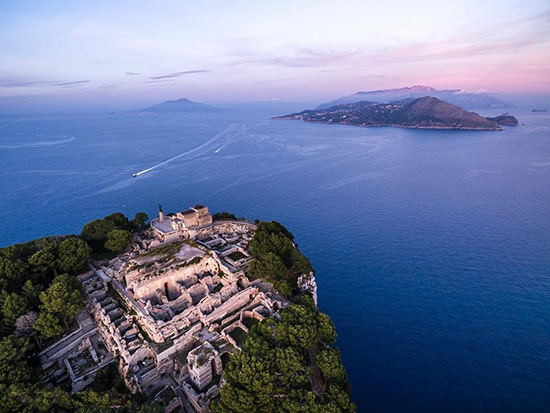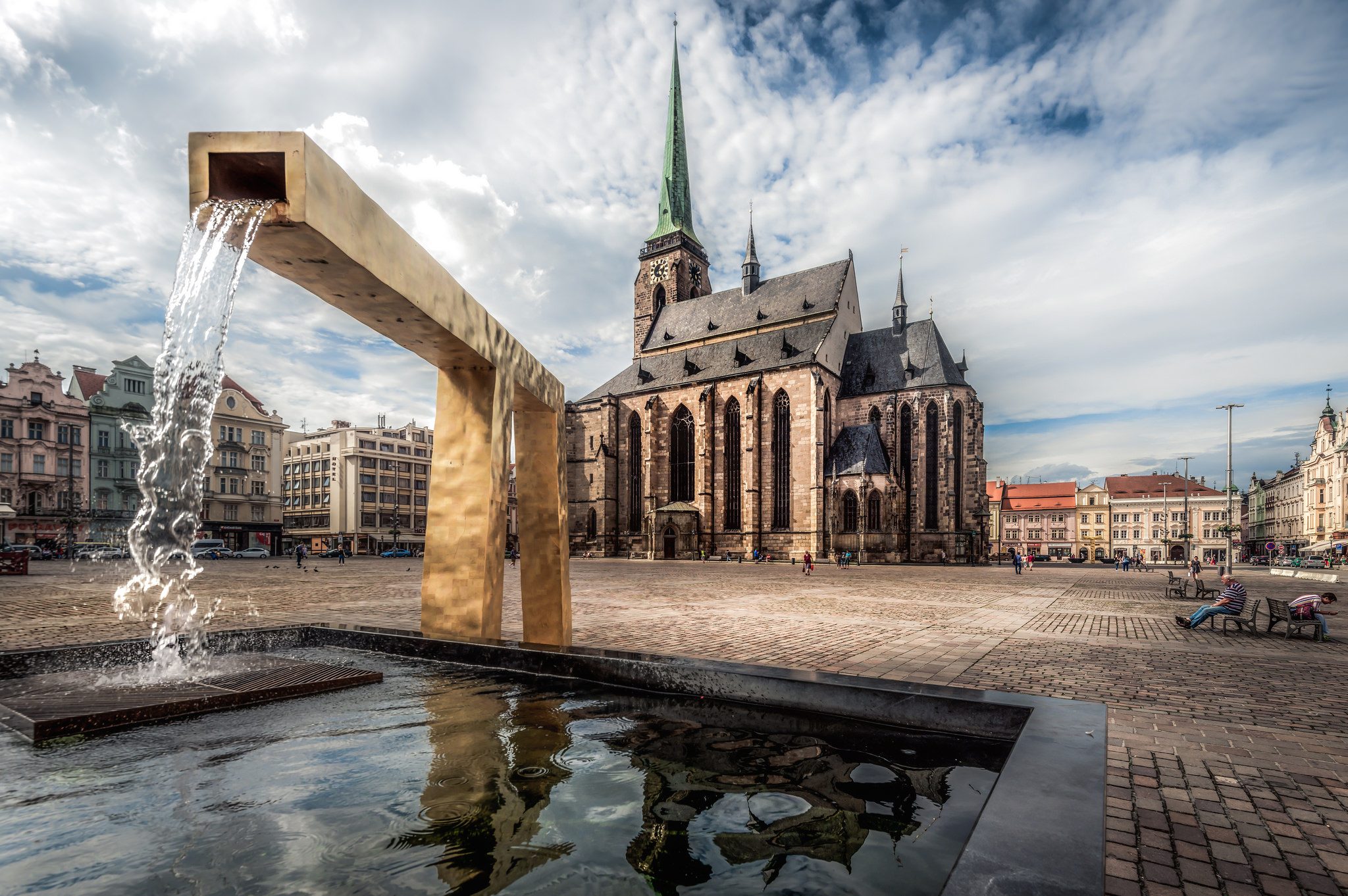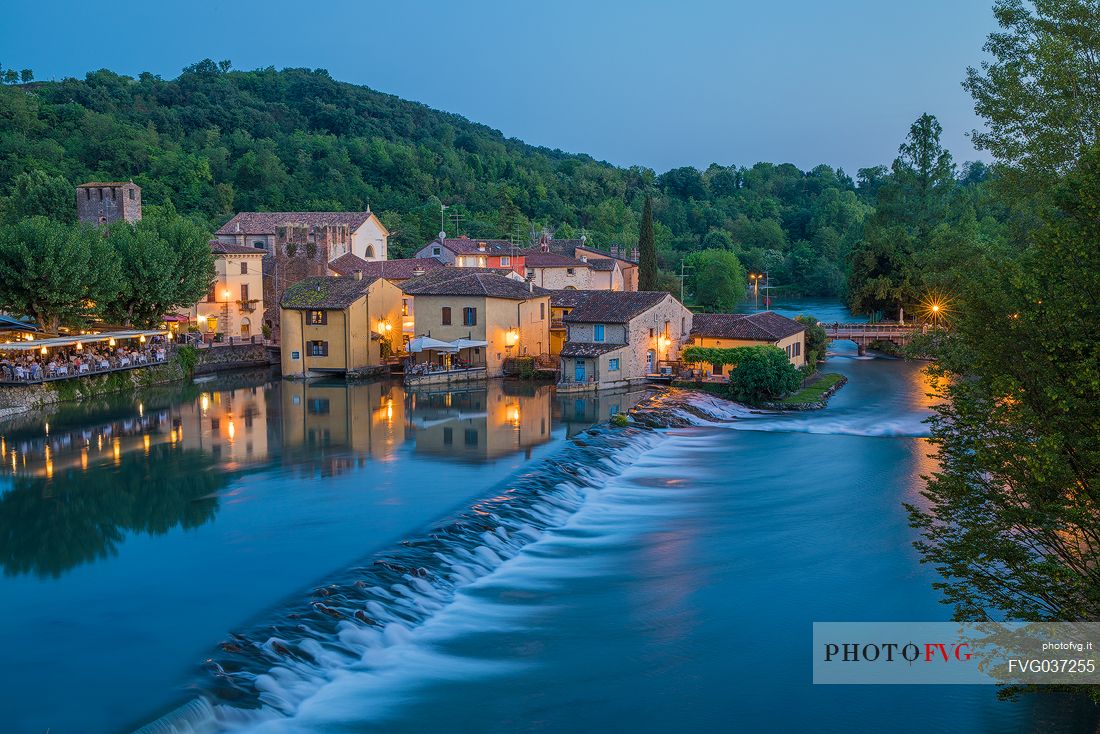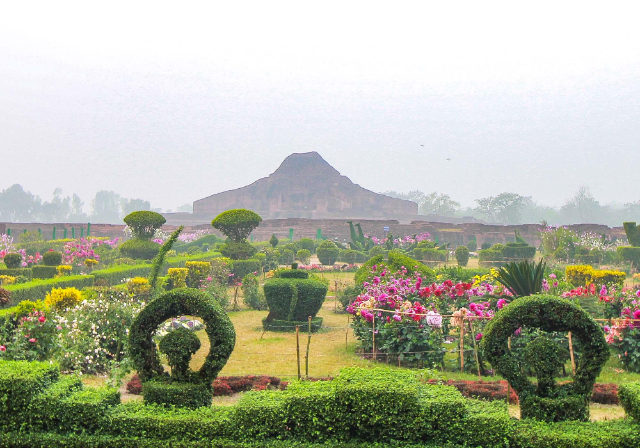The archaeological area contains an important federal sanctuary in Lucania, located in a wooded area near a spring and dedicated to Mefite, an osca goddess characterized by the power to heal with water. In the 2nd century B.C. the sacred area underwent an imposing restructuring, linked to the Roman presence in the territory, and remained active until the first half of the 1st century A.D. The numerous inscriptions found in it that present writing in Osca language document a strong identity connotation of the Lucanian community. The sacred complex consists of a churchyard, a large area paved with large irregular limestone slabs, in the middle of which is placed the so-called "altar". Around the churchyard there are a series of rooms that bear traces of the restructuring and monumentalisation of the Roman period. Central is the role of water, an element linked to the Lucanian divinity, as a symbol of purification, fertility and wealth; in the churchyard there is the drainage channel of the spring waters captured and led to the sacred area. Significant are also the hydraulic works of the Roman age for the runoff of water that characterize some of the environments outside the churchyard. Recent surveys carried out by the Basilicata Archaeological Heritage Office have made it possible to gain a better understanding of the Lucanian period with the discovery of a large wall that bounded the sacred area towards the valley, obliterated in one of the subsequent phases of monumentalisation and restructuring of the sacred area due to the continuous landslides that have affected the area since ancient times.
